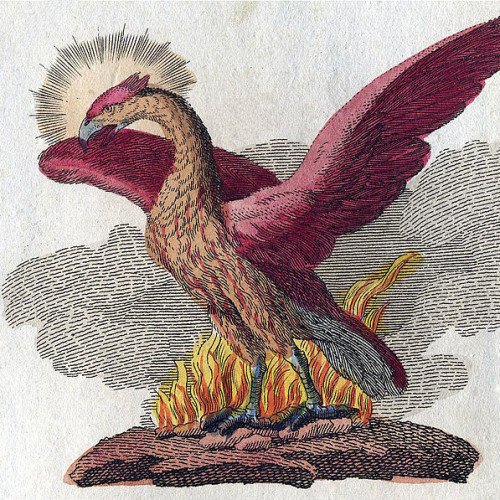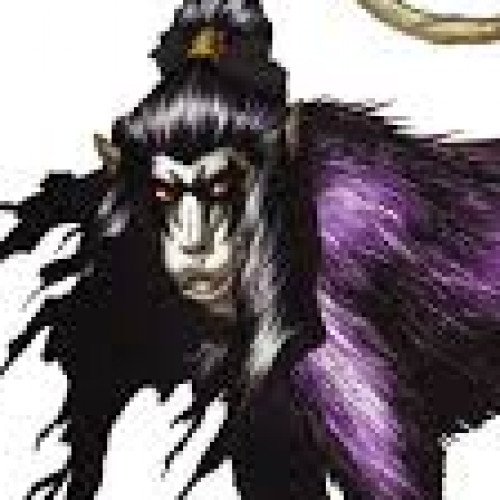Phoenix (mythology) VS Jueyuan (mythology)

Phoenix (mythology)
In Ancient Greek folklore, a phoenix (; Ancient Greek: φοῖνιξ, phoînix) is a long-lived bird that cyclically regenerates or is otherwise born again. Associated with the sun, a phoenix obtains new life by arising from the ashes of its predecessor. Some legends say it dies in a show of flames and combustion, others that it simply dies and decomposes before being born again.Over time the phoenix motif spread from its origins in classical folklore and gained a variety of new associations: Herodotus, Lucan, Pliny the Elder, Pope Clement I, Lactantius, Ovid, and Isidore of Seville are among those who have contributed to the retelling and transmission of the phoenix motif. Over time, extending beyond its origins in classical Greek folklore, the phoenix could variously "symbolize renewal in general as well as the sun, time, the Empire, metempsychosis, consecration, resurrection, life in the heavenly Paradise, Christ, Mary, virginity, the exceptional man, and certain aspects of Christian life". In the Motif-Index of Folk-Literature, a tool used by folklorists, the phoenix is classified as motif B32.
Statistics for this Xoptio

Jueyuan (mythology)
Jué yuán (玃猿) (in Chinese "Jué yuán", in Japanese "Kakuen") is a legendary animal in the legends of China. They are also called Jué (玃) (in Japanese "kaku"), Jué fù (玃父), Jiā (猳), Jiā guó (猳國) (in Japanese "kakoku" カ国 ), and mǎ huà (馬化) (in Japanese "baka"). They are similar to monkeys, and thus possess a characteristic of carrying away human females and violating them.